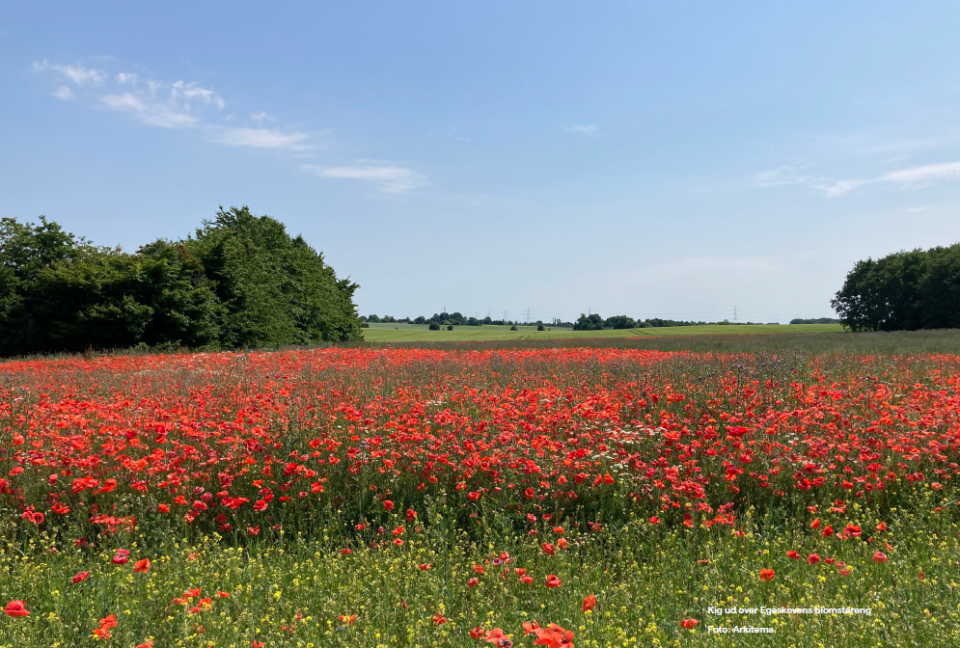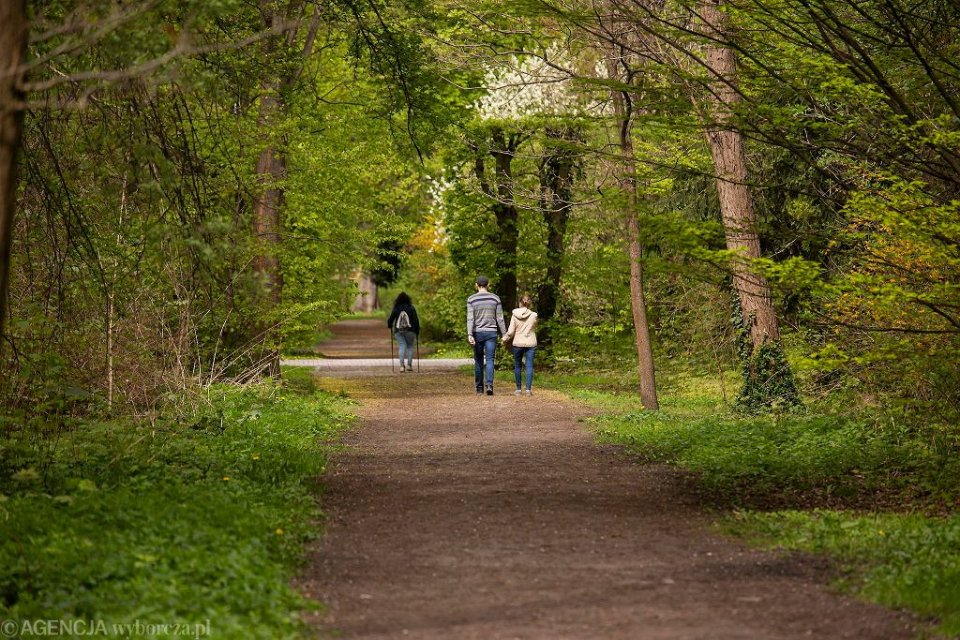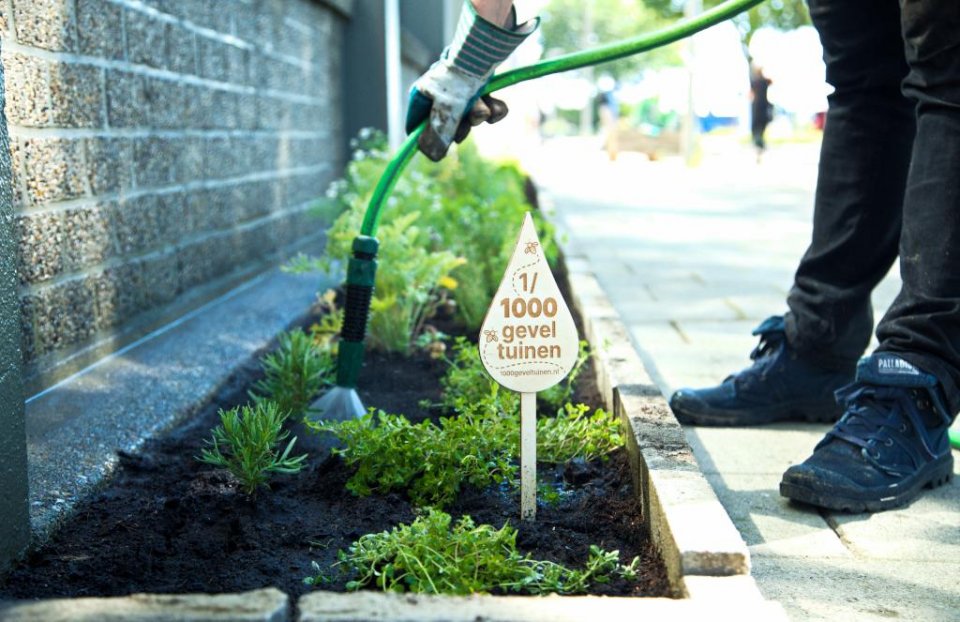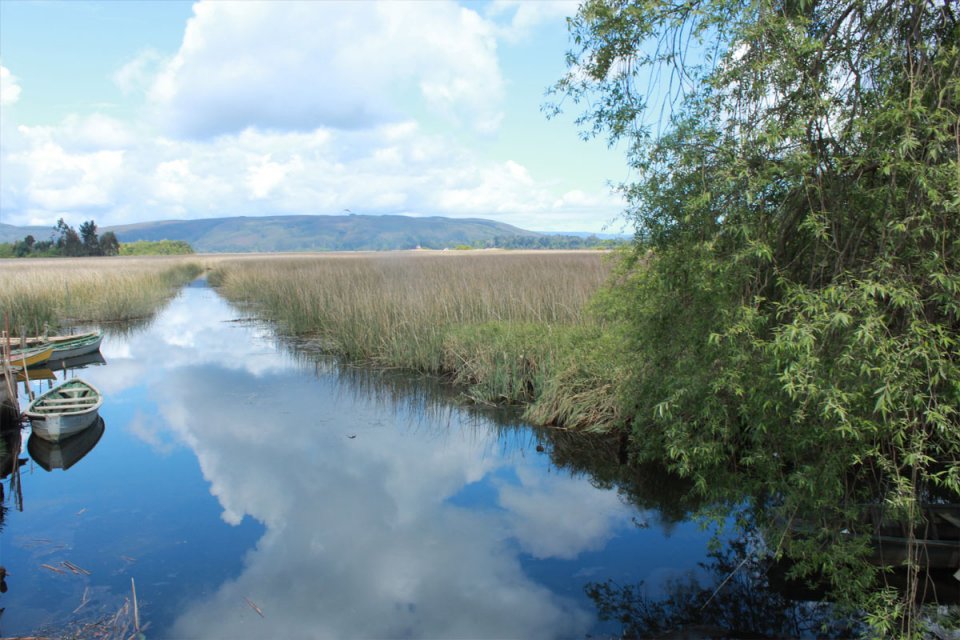Local vision plans to ensure access to nature - Høje-Taastrup
English
The municipal council of Høje-Taastrup in Denmark designated 18 areas that should develop a "vision plan" for creating or improving a green space as a means to ensure that every citizen has access to nature within 1 km of their homes. The vision plans have been drawn up in cooperation with citizens, institutions, associations and other stakeholders in the municipality. The aim is to improve the "nature qualities" of the designated areas, meaning that biodiversity will be improved and citizens will be able to have more nature experiences together as a community. This instrument is part of a wider effort to integrate nature more into Høje-Taastrup's urban landscape. The city is competing for the title of ‘Denmark’s Wildest Municipality’ – a national competition encouraging municipalities to protect nature and boost biodiversity.
Challenges addressed
- Green space management (e.g. accessibility)
- Air quality
- Social cohesion
- Social equity
- Nature appropriation / stewardship
- Reconnection to the biosphere / environmental education
- Human health, comfort and well-being
Region:
EU
Country:
Denmark
City:
Høje-Taastrup
City population:
50,676
Timeline:
2021 to 2026
Last updated:
30 Aug 2023 




